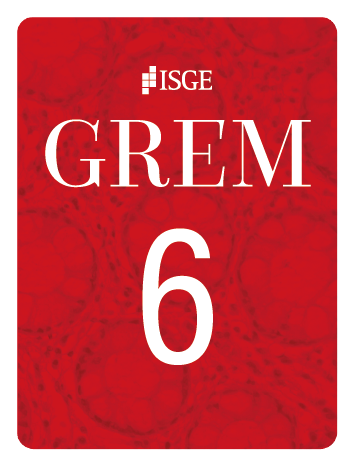The prognostic value of progesterone-induced blocking factor in the early pregnancy loss
Abstract
Background: Early pregnancy loss (EPL) is one of the significant issues of reproductology. It seems to be a purely immunological phenomenon, which concerns especially the first weeks of gestation. Embrioprotective factors are activated from the first day of pregnancy. One is progesterone-induced blocking factor (PIBF), which maintains the pregnancy.
Objective: To assess the prognostic value of PIBF in EPL, in naturally conceived women and in women undergoing In Vitro Fertilization (IVF).
Methods: This prospective observational study included 86 patients. Fifty naturally conceived women (Group A) and 36 pregnant women after IVF (Group B) were divided into three subgroups each: AI (patients with progressive pregnancy); AII (patients with EPL; AIII (patients with biochemical pregnancy (BP); BI (patients with progressive pregnancy), BII (patients with EPL), and BIII (patients with BP). Beta human chorionic gonadotropin (β-hCG), PIBF and progesterone (PG) levels were measured in women’s blood serum on the 12th to 14th day after ovulation and embryo transfer (ET), respectively. Statistical analysis was performed using a one-way ANOVA test. Differences were considered significant when p was <0.05.
Results: In subgroup AI, the mean level of PIBF was statistically significantly higher (15.94 ± 5.0 ng/mL) compared to patients with EPL (AII: 7.13 ± 5.04 ng/mL) and BP (AIII: 5.62 ± 2.76 ng/mL, p<0.05), but no significant difference was found in PIBF levels between women with EPL and BP (AII vs. AIII, p>0.05). Similarly, after IVF, PIBF was statistically higher in subgroup BI (30.14 ± 10.21 ng/mL) than in the EPL (BII: 21.11 ± 5.37 ng/mL, p<0.05) and BP subgroups (BIII: 20.72 ± 4.24 ng/mL, p<0.05). No significant differences were found in PIBF levels between EPL and BP subgroups (BII vs. BIII, p>0.05). There was no significant correlation between PIBF and PG in the subgroups of Groups A and B.
Conclusions: PIBF emerges as a prognostic indicator for EPL, encompassing even its preclinical stage. PG may be considered a prognostic marker for clinical pregnancy.

